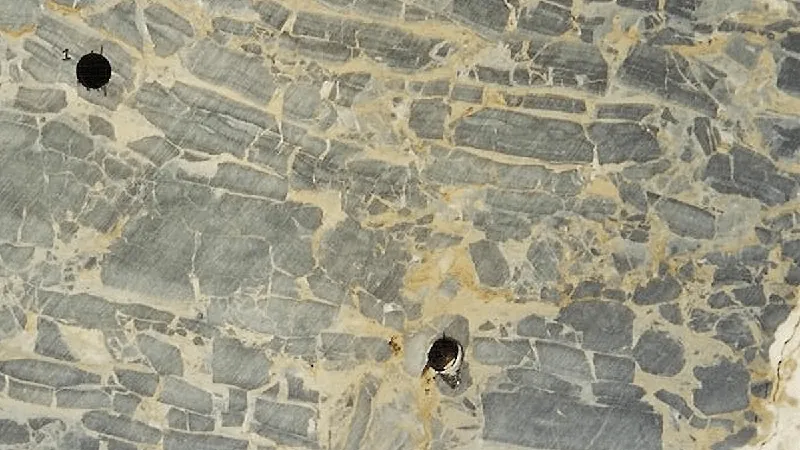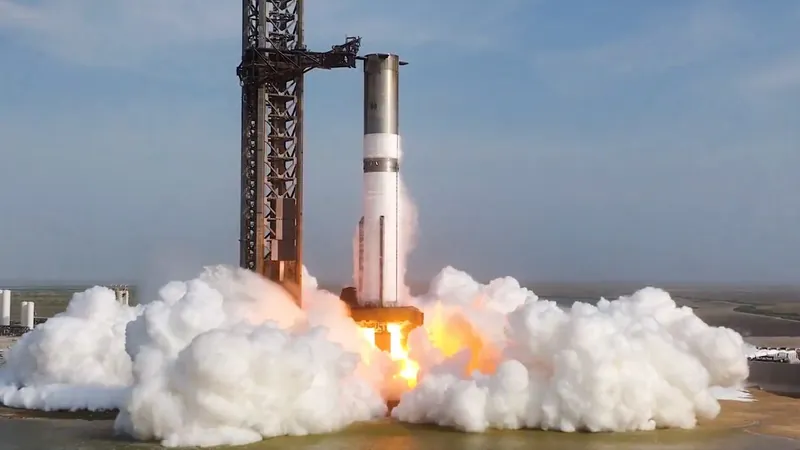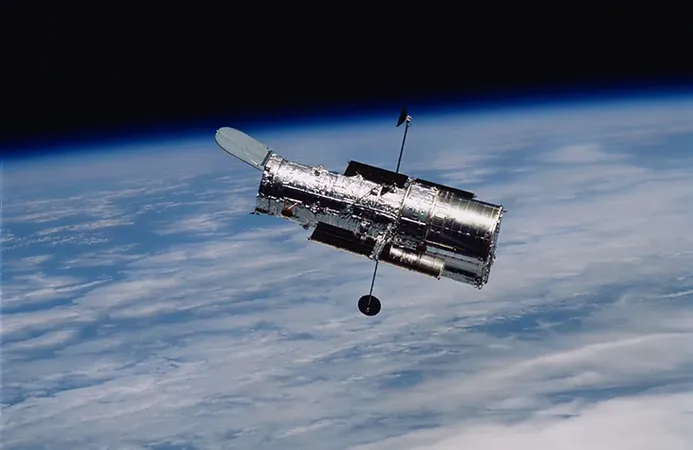
Groundbreaking Findings on Megacontinents: How Remagnetization Reveals Earth's Geological Secrets!
2025-03-31
Author: Li
Recent research published in the Journal of Geophysical Research: Solid Earth has unveiled fascinating insights into the tectonic history of Earth, focusing specifically on the late Ediacaran period, which occurred approximately 550–540 million years ago. During this transformative epoch, significant changes in biological, geochemical, and geomagnetic properties were observed, particularly leading to widespread remagnetization in the carbonate rocks of what was once West Gondwanaland.
A study led by Pescarini and colleagues aims to decode the mysteries of remagnetization by providing detailed paleomagnetic records that focus on the carriers of remanence. These invaluable records were meticulously gathered from deep drill core samples and fully oriented outcrop samples located next to International Continental Drilling Program (ICDP) boreholes. This collection of data forms part of a larger initiative known as the "Geological Research through Integrated Neoproterozoic Drilling: The Ediacaran-Cambrian Transition" project.
The researchers identified two distinct magnetic components within the samples. The first, labeled C1, represents a recent viscous remanent magnetization, which was instrumental in accurately reorienting the drill core samples. The second, known as C2, is characterized as a stable, large-scale remagnetization component primarily carried by tiny particles of pyrrhotite (Fe7S8) and magnetite (Fe3O4). This deeper analysis suggests that the remagnetization process was largely influenced by thermoviscous and thermal remanent magnetization, indicating that prolonged heating at temperatures exceeding 300°C played a pivotal role during the tectonic consolidation of the West Gondwanaland megacontinent.
Perhaps the most intriguing aspect of this study is the observed quasi-synchronous remagnetization across the Gondwana craton around 490–480 million years ago. This challenges previous theories, particularly the fluid percolation hypothesis, as it fails to adequately account for the tightly clustered remagnetization poles and the prevalence of a single reverse polarity.
These groundbreaking findings do not just reshape our understanding of earth sciences but potentially redefine the dynamics of continental formation and evolution. As scientists delve deeper into our planet’s past, they continue to uncover the complex interplay of geological events that shaped the world as we know it today.
This research adds a vital chapter to our understanding of Earth’s geological narrative and underscores the importance of advanced paleomagnetic studies in uncovering the secrets of our planet's age-old history. Stay tuned for more exciting discoveries that reveal Earth's hidden past!





 Brasil (PT)
Brasil (PT)
 Canada (EN)
Canada (EN)
 Chile (ES)
Chile (ES)
 Česko (CS)
Česko (CS)
 대한민국 (KO)
대한민국 (KO)
 España (ES)
España (ES)
 France (FR)
France (FR)
 Hong Kong (EN)
Hong Kong (EN)
 Italia (IT)
Italia (IT)
 日本 (JA)
日本 (JA)
 Magyarország (HU)
Magyarország (HU)
 Norge (NO)
Norge (NO)
 Polska (PL)
Polska (PL)
 Schweiz (DE)
Schweiz (DE)
 Singapore (EN)
Singapore (EN)
 Sverige (SV)
Sverige (SV)
 Suomi (FI)
Suomi (FI)
 Türkiye (TR)
Türkiye (TR)
 الإمارات العربية المتحدة (AR)
الإمارات العربية المتحدة (AR)